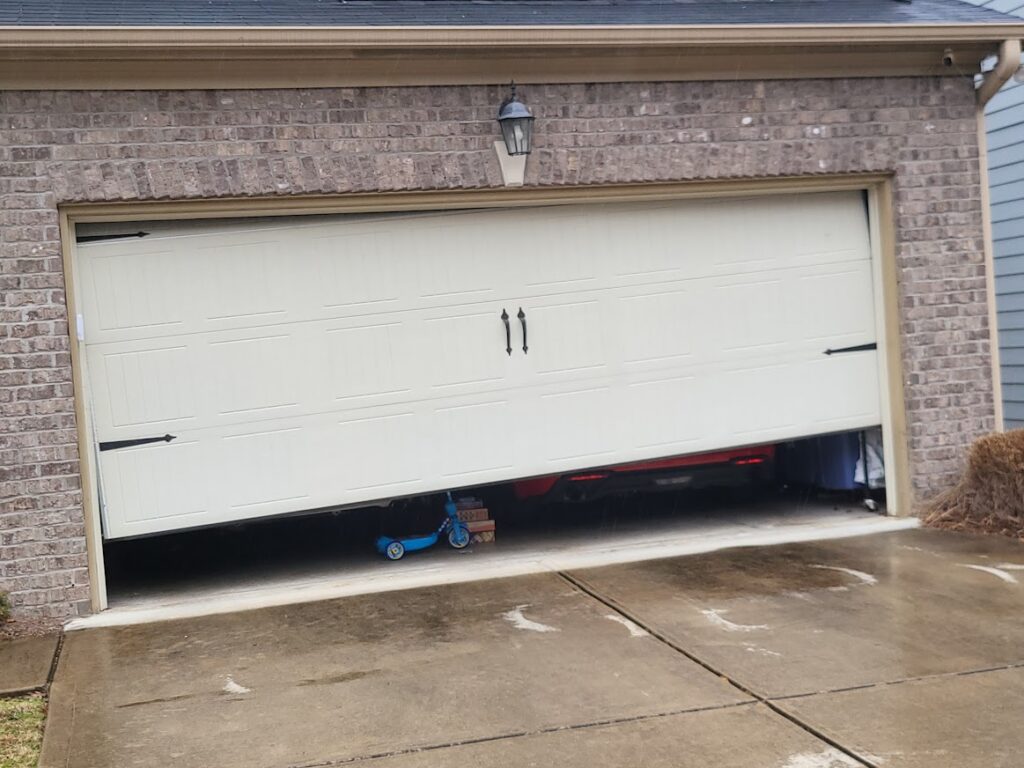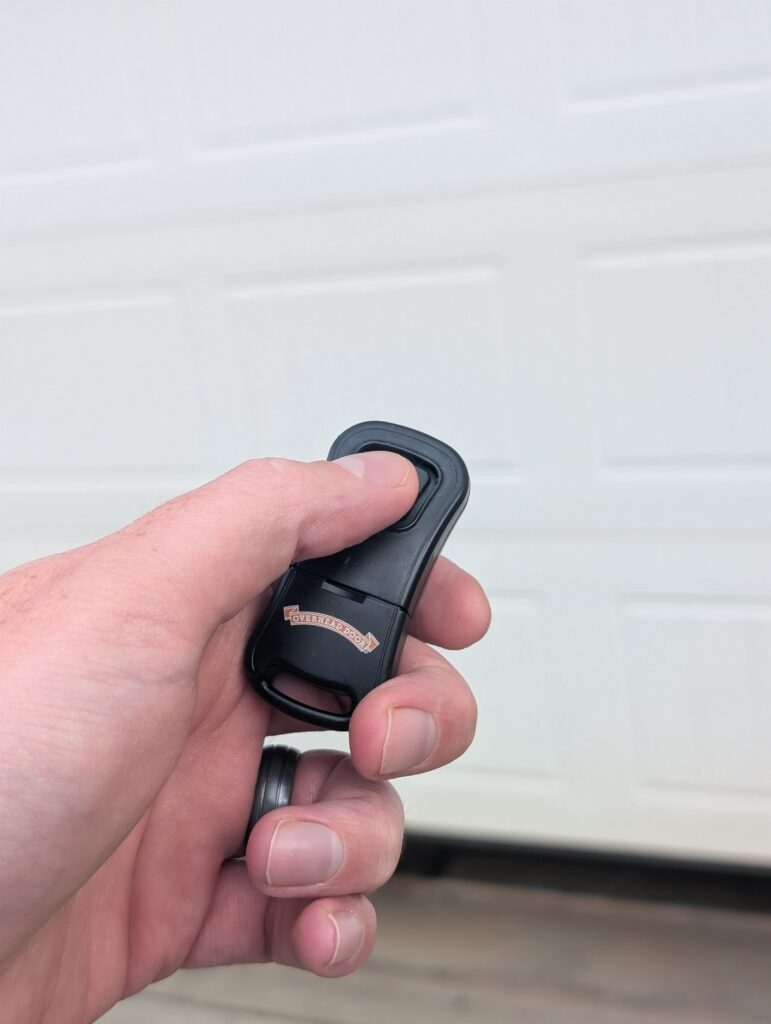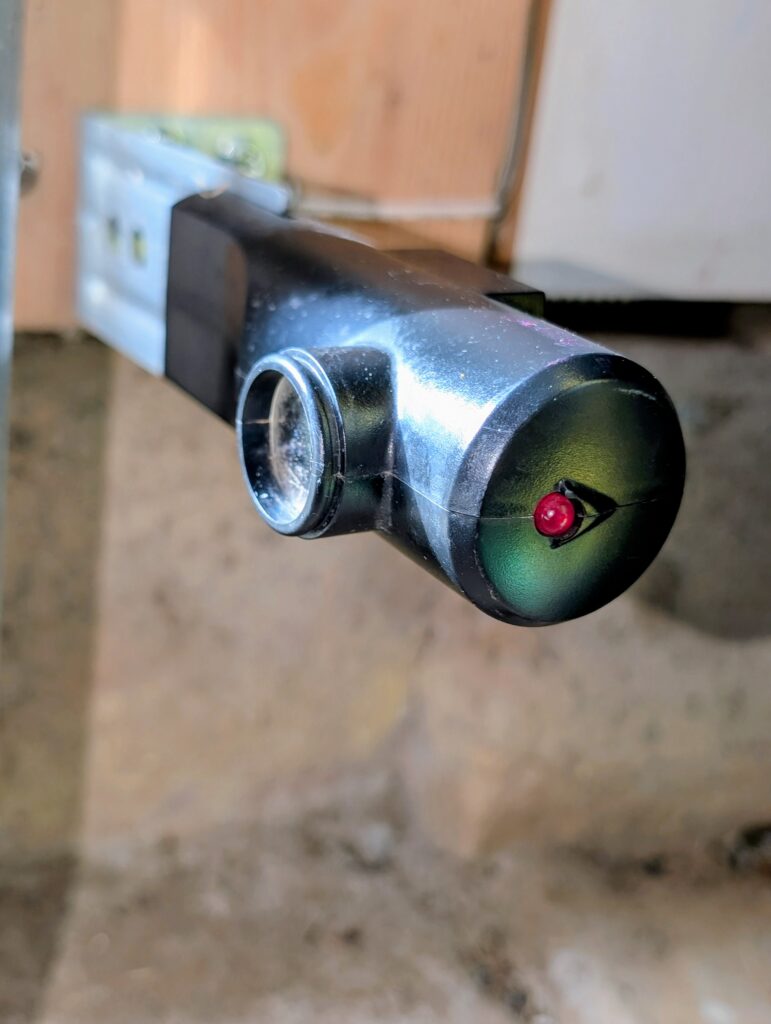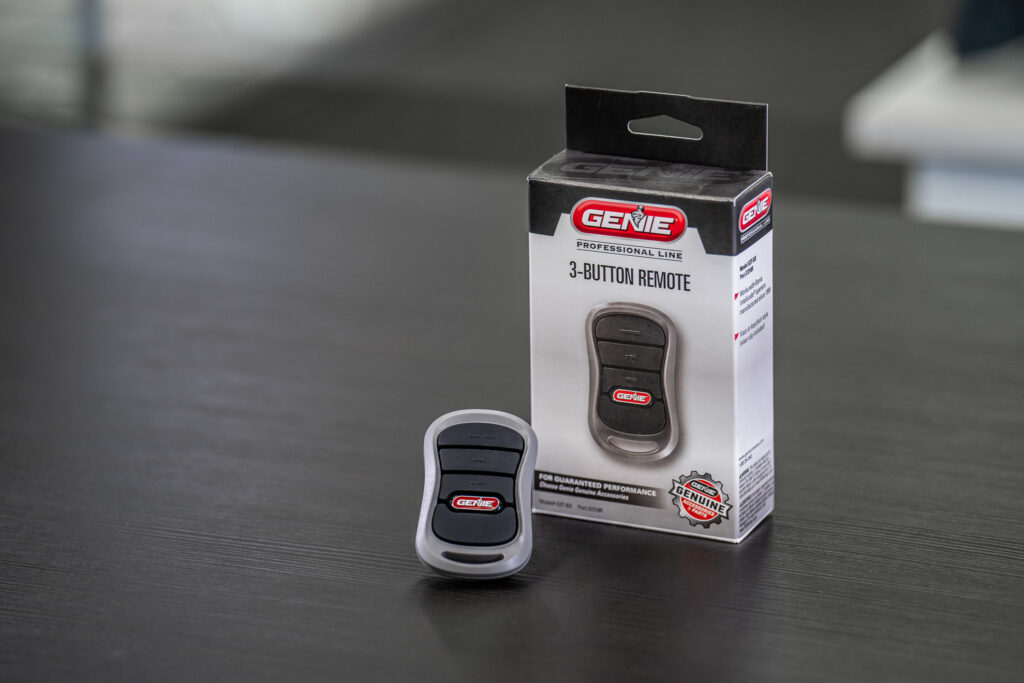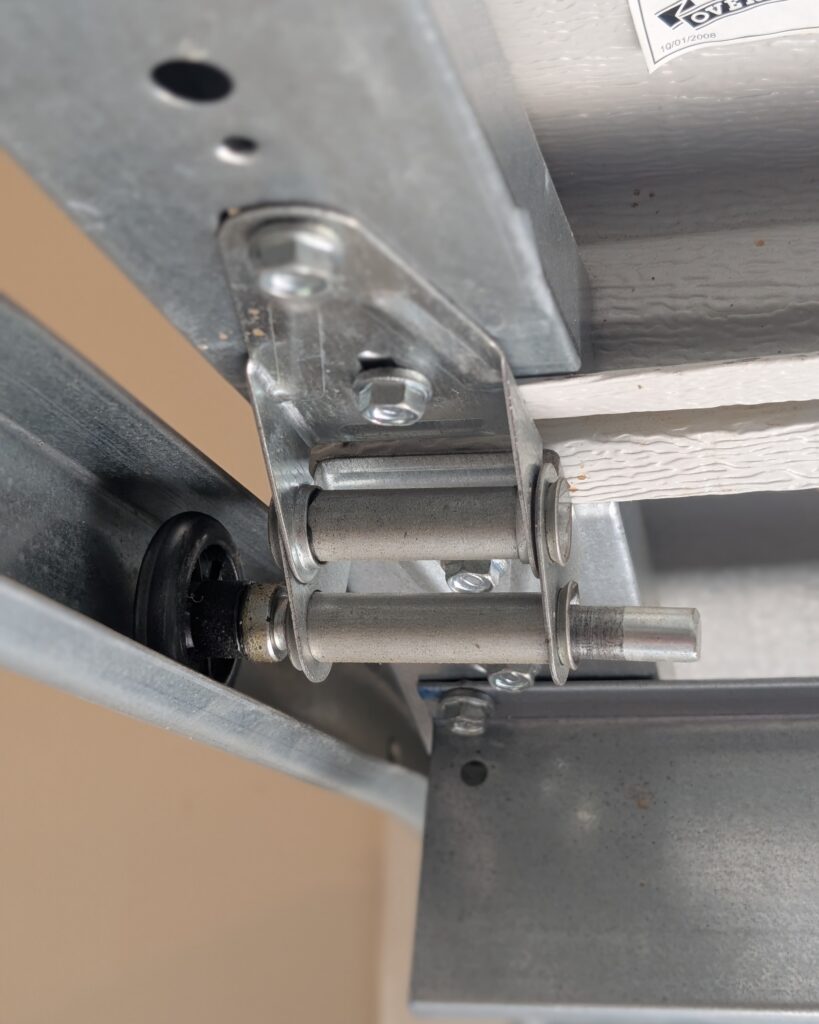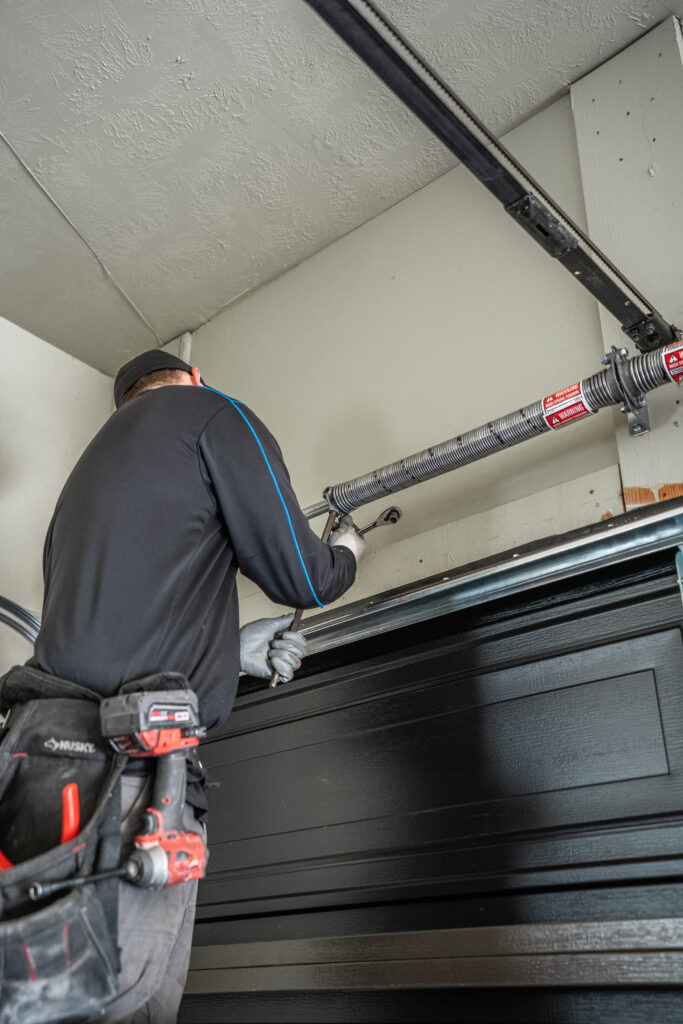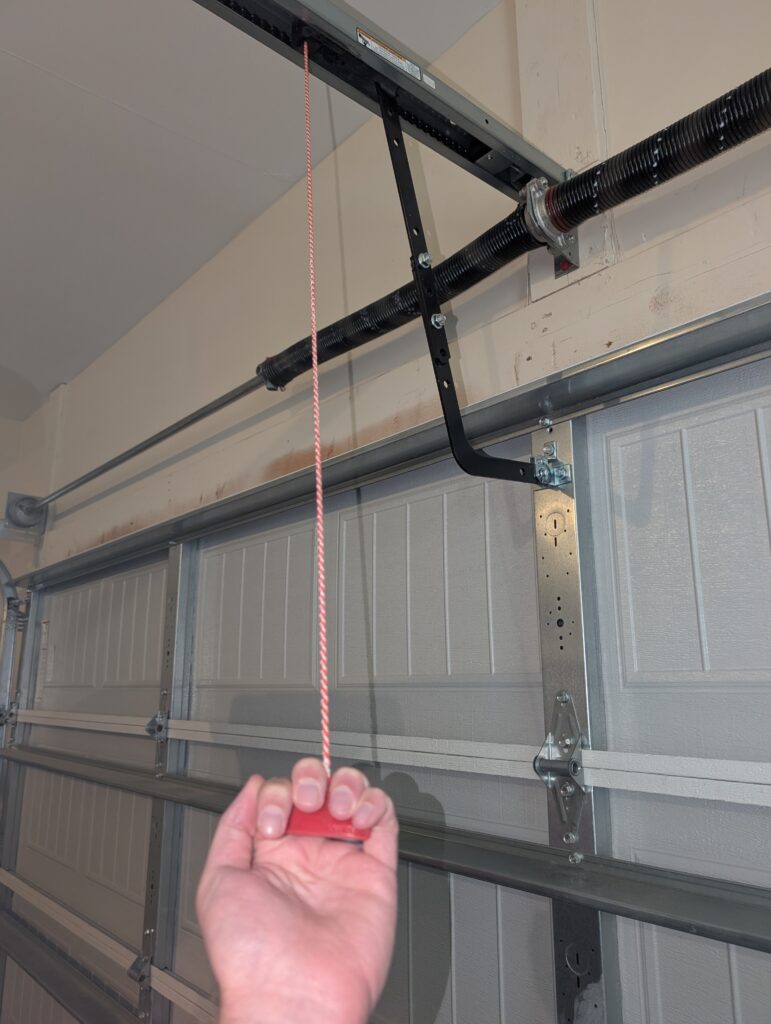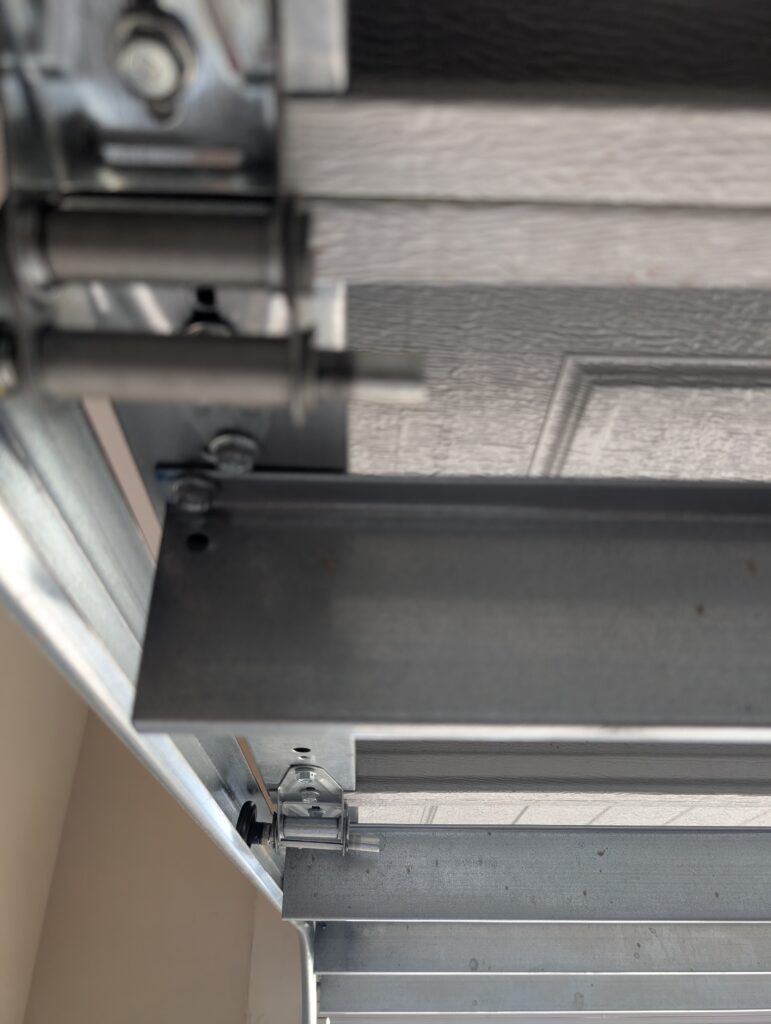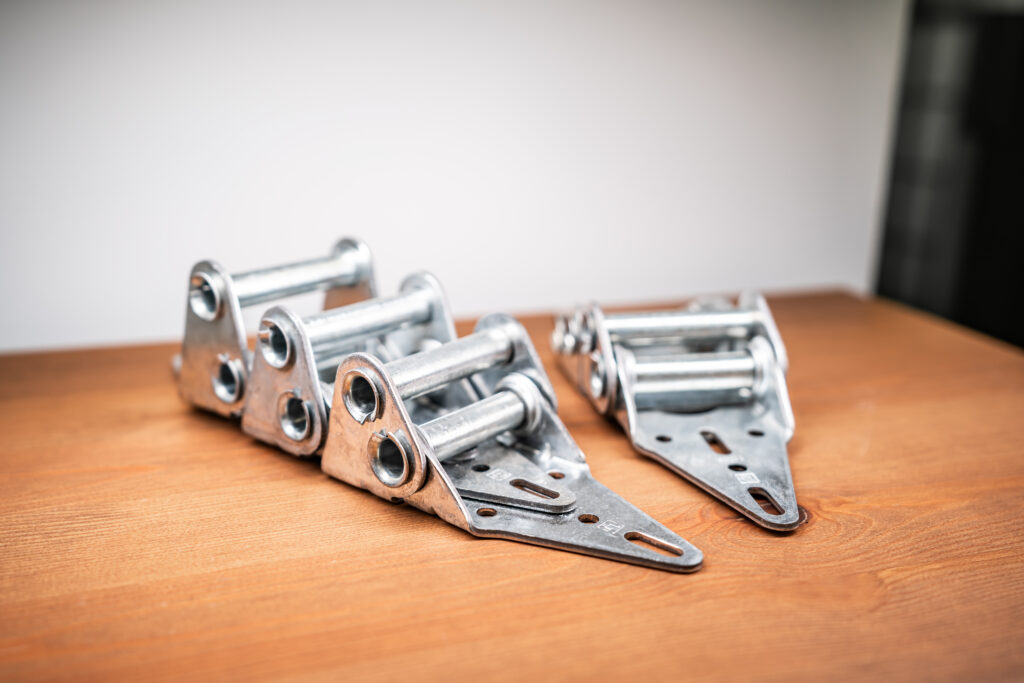How to Lubricate a Garage Door
Want a garage door that opens without a racket? This guide walks you through lubricating all the moving parts so your door runs smooth and quiet. You’ll learn exactly what to lube, what not to lube, and how to do it right. Plus, we’ve got some simple tips to keep your door in top shape and save you from expensive fixes down the road.
By: Sean Donnelly | Published: April 9, 2025
Find Garage Door Repair Services
Get a fast & free quote | Schedule your service today
Regular garage door lubrication is a key component in any maintenance and inspection cycle. Lubricating your garage door springs and rollers every four to six months will help to minimize noise, repel moisture and maximize the lifespan of all moving parts in your garage door. Luckily, you can DIY this relatively simple task.
Step-by-Step Guide to Lubricating Your Garage Door
As is the case with all garage door maintenance, we recommend that you clear your workspace of any debris that could present a tripping hazard. If you need a stepladder to reach your spring or upper rollers, follow any safety instructions and warnings particular to your ladder.
1. Prepare your garage door and work area and gather materials
- Close the garage door.
- Disconnect the opener by pulling on the emergency release cord.
- Clean the components before lubricating with a damp rag and wire brush where necessary.
- Turn on your garage lights or set up a work lamp to properly light your workspace
- Get a step ladder, cleaning supplies and a white lithium or silicon-based lubricant. Note that WD-40 is not recommended, since it will likely attract dirt.
2. Clean the garage door tracks
- Use a wet rag or wire brush to clean your garage door tracks.
- If your tracks are rusted or corroded in any way, attempt to scrub them with your wire brush.
- We don’t recommend lubricating garage door tracks in most cases; lubricant used for this can attract dirt, which can affect long-term operation.
3. Lubricate the garage door hinges
- Hold a piece of cardboard or a rag behind your hinges or any area where you spray lubricant to protect other items in your garage and minimize cleanup.
- Using the long, thin nozzle supplied with all lubricant sprays, apply a thin layer to any moving or friction-bearing parts on your hinge. Spraying the lubricant with the nozzle touching the hinge will help it to reach the entire component and work effectively.
- Wipe down excess lubricant.
- Repeat the process for all hinges.
4. Lubricate the garage door rollers
- Similar to the method listed above, spray both ends of each roller rod at the point of insertion into the hinge assembly.
- Wipe down excess lubricant.
- Repeat the process for all rollers.
5. Lubricate the garage door springs
- You won’t need to release tension on your springs before attempting this. However, you should still wear safety goggles and gloves when working around this component.
- Use cardboard to shield the wall behind your torsion springs.
- Spray a light layer of lubricant along the length of your springs.
- Using a separate rag, spread the lubricant evenly.
- Note that you don’t have to lubricate extension springs for short-term operational integrity. However, applying a thin layer can repel water and keep them from corroding. Use the same technique outlined above.
6. Lubricate the garage door lock mechanism
- Using the technique above, spray a thin layer of lubricant into any parts in your garage door locks that experience friction during routine use.
7. Lubricate the garage door opener components
- Use your ladder to get a vantage point over the top of your garage opener rail. Applying a thin layer of lubricant to the top of this rail will prevent friction from causing excessive noise or wear.
- Review your owner’s manual for your garage door opener to ensure that you’re in compliance with your manufacturer’s guidelines for lubricating any chains or similar components.
- Apply a thin layer of lubricant on friction points of your garage opener connector arm.
- Note that, if you regularly lubricate your garage door, you may not have to apply lubricant to every component with each door inspection.
8. Test the garage door operation
- Pull the release cord again to reconnect the opener to your door
- Manually lift and close your garage door to test how smoothly all components operate.
- Next, test your garage door opener using your garage door remote and note the noise level and smoothness of your door’s operation.
- Minimal noise and consistent speed while raising and lowering are signs that your door is operating as intended.
9. Clean up excess lubricant
- After lubricating each component, wipe them down with a rag to prevent dripping onto your garage floor.
- Wipe the area around each lubricated part.
- Use detergent or dish soap and water to scrub any spots on your floor where lubricant may have dripped.
- Lay out any cloth rags you used to clean up lubricant. Allow them to dry completely before disposal with your garbage.
10. Create a maintenance schedule
- We recommend lubricating and inspecting your garage door every four to six months. If you live in a wet climate or in a coastal region with high salinity air, every four months should prevent corrosion.
Why Lubricating Your Garage Door Is Essential
Over time, friction between rollers and tracks can lead to wear over time which can cause imbalances, uneven wearing of components, strains on your garage door opener, and increased repairs.
Lubricating all moving parts with an approved product once every four to six months will help you to avoid this and reduce the frequency and likelihood of required repairs. For reference, roller and hinge replacement can cost between $75 and $150 for a two-door garage, while garage door replacement can cost upwards of $2,700.
Choosing the Right Garage Door Lubricant
A common mistake among even competent DIYers is choosing the wrong lubricant. WD-40, a staple in most home toolkits, is not a viable option for lubricating garage doors. It offers no long-term protection and tends to attract dirt.
Silicone or white lithium grease are the best options for garage doors. However, we recommend opting for silicone lubricant for parts that are often in motion. White lithium grease can coagulate and clump after long-term use. Blaster brand lubricant comes in both silicone and white lithium variants, and is available at Home Depot for under $8.
Products to Avoid When Lubricating Garage Doors
As mentioned, WD-40 dries quickly and is not a good option for garage door applications. The same is true for household oils and other all-purpose lubricants. Mineral oils leave a gritty residue when they dry, which degrade parts they contact and attract dirt which can lead to emergency garage door repairs.
Tools and Materials You’ll Need
We always recommend that you thoroughly clean your garage doors before you lubricate any moving components. In most cases, a damp rag will be enough to remove dirt. However, we recommend that you have a wire brush on-hand, along with rust removal compound as well.
In addition, you’ll need the following:
- Stepladder
- Appropriate silicone or white lithium lubricant.
- Protective gloves and glasses
- Cardboard to shield the floor under your work area
- Rags to wipe up excess lubricant
Garage Door Parts That Should NOT Be Lubricated
As mentioned, you should avoid lubricating your garage door tracks. In addition, we do not recommend applying lubricant to rollers with sealed ball bearings or belts that feed into your opener. Tracks can be maintained with routine cleaning, while the other components mentioned should be replaced if you notice that they’ve begun to degrade over time.
Frequently Asked Questions About Garage Door Lubrication

Get Your Free Quote and Schedule Your Garage Repair Today
Find top-rated companies for fast garage repairs and service to make sure your garage door system lasts. Get free quotes from garage door companies in your area.
Tips and Expert Advice for Your Garage
Stay informed with expert advice on garage door maintenance, garage door service, garage door replacement, and upgrades. Explore our blog for guides, troubleshooting tips, and more.
